#Menkes Housden
Photo
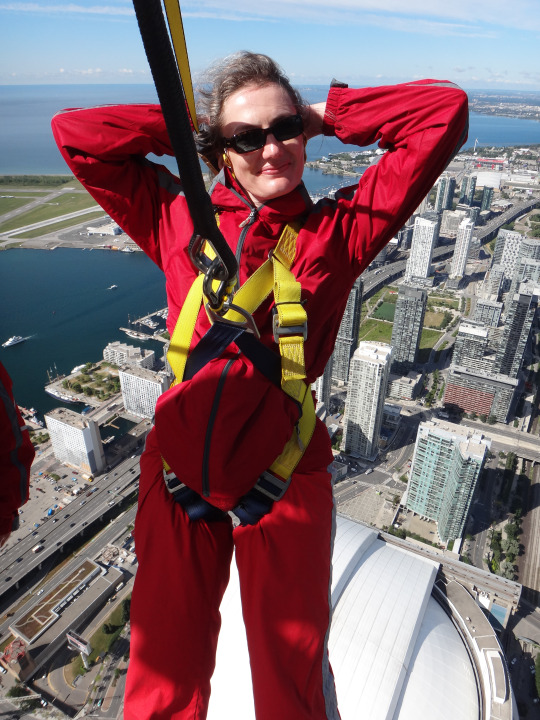
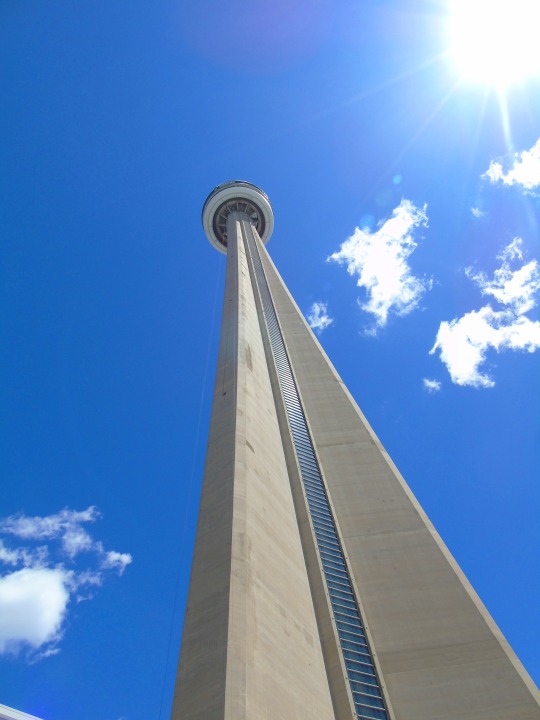

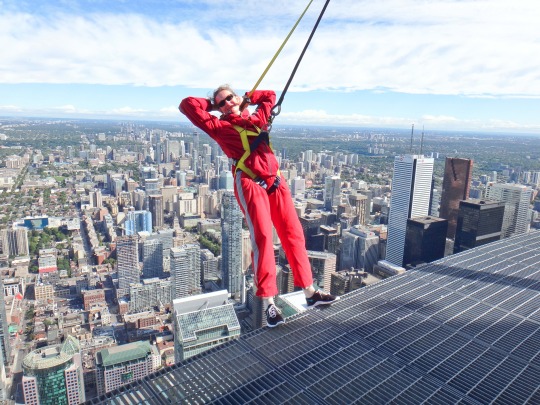
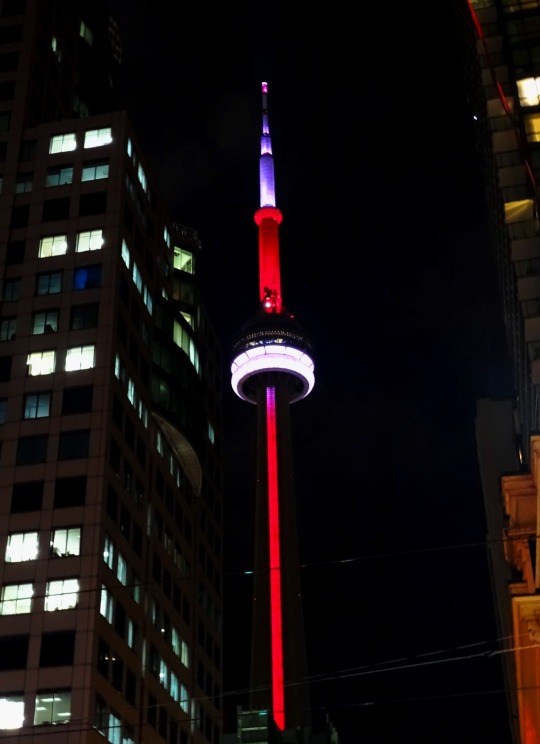

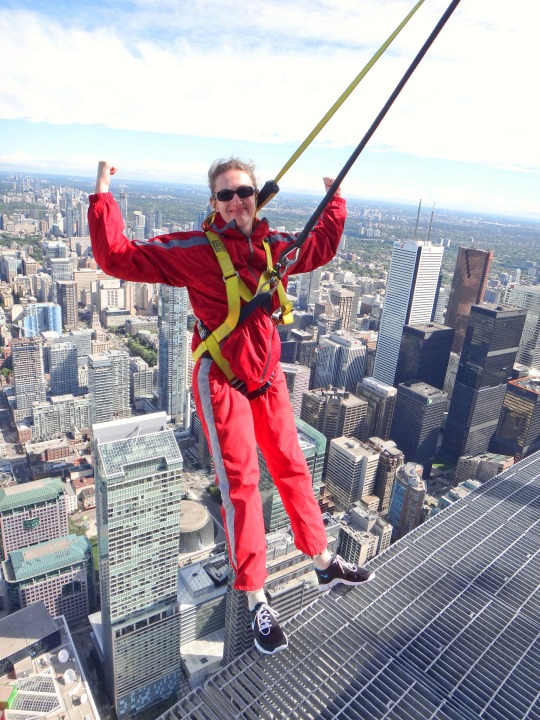


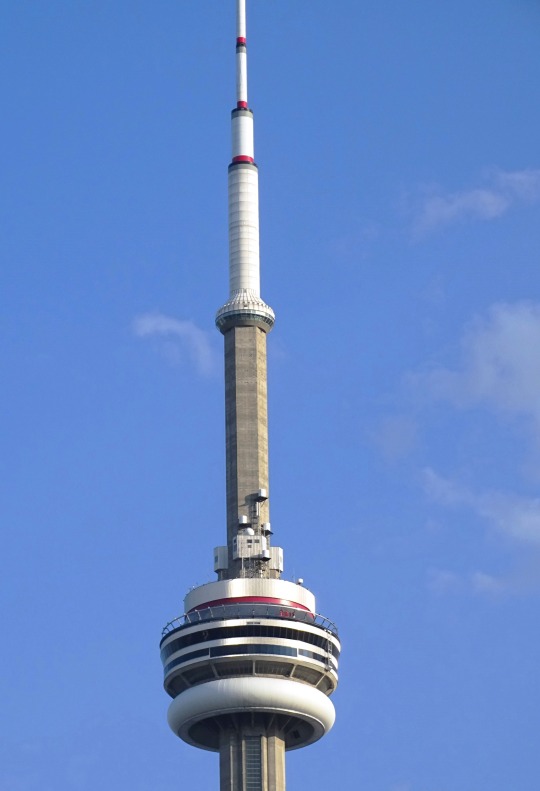
The CN Tower opened to the public on June 26, 1976.
#EdgeWalk#so much fun#summer 2015#2018#night shot#daylight#travel#290 Bremner Boulevard#WZMH Architects#Webb Zerafa#Menkes Housden#John Andrews#CN Tower#opened#26 June 1976#anniversary#Toronto#Canadian history#Ontario#cityscape#architecture#engineering#vacation#tourist attraction#landmark#Lake Ontario
2 notes
·
View notes
Photo

West Coast Brutalism, the Harbour Center Tower by Webb, Zerafa, Menkes & Housden, c.1975, see more at Modtraveler.net #vancouver (at Vancouver, British Columbia) https://www.instagram.com/p/Bx1GiHbB02y/?igshid=uv0efqj2uyqo
1 note
·
View note
Text
The CN Tower
The CN Tower and the Toronto Harbor viewed from the Toronto City Centre Airport. Français : La tour CN et le port de Toronto (Canada) vus depuis l'aéroport du centre-ville.
The CN Tower (French: Tour CN) is a 553.33 m-high (1,815.4 ft) concrete communications and observation tower in Downtown Toronto, Ontario, Canada.[3][6] It was completed in 1976, becoming the world's tallest free-standing structure and world's tallest tower at the time. It held both records for 34 years until the completion of Burj Khalifa and Canton Tower in 2010. It remains the tallest free-standing structure in the Western Hemisphere, a signature icon of Toronto's skyline, and a symbol of Canada,[7][8] attracting more than two million international visitors annually.[5][9]
Its name "CN" originally referred to Canadian National, the railway company that built the tower. Following the railway's decision to divest non-core freight railway assets, prior to the company's privatization in 1995, it transferred the tower to the Canada Lands Company, a federal Crown corporation responsible for real estate development. Since the name CN Tower became common in daily usage, the abbreviation was eventually expanded to Canadian National Tower or Canada's National Tower. However, neither of these names is commonly used.[10]
In 1995, the CN Tower was declared one of the modern Seven Wonders of the World by the American Society of Civil Engineers. It also belongs to the World Federation of Great Towers, where it holds second-place ranking.[11][12][5]
The idea of the CN Tower originated in 1968 when the Canadian National Railway had a desire to build a large TV and radio communication platform to serve the Toronto area, as well as demonstrate the strength of Canadian industry and CN in particular. These plans evolved over the next few years, and the project became official in 1972. The tower would have been part of Metro Centre (see CityPlace), a large development south of Front Street on the Railway Lands, a large railway switching yard that was being made redundant by newer yards outside the city. Key project team members were NCK Engineering as structural engineer; John Andrews Architects; Webb, Zerafa, Menkes, Housden Architects; Foundation Building Construction; and Canron (Eastern Structural Division).[3][4][6]
At the time, Toronto was a boom town, and the late 1960s and early 1970s had seen the construction of numerous large skyscrapers in the downtown core, most notably First Canadian Place. This made broadcasting into the downtown area very difficult due to reflections off the buildings. The only solution was to raise the antennas above the buildings, demanding a tower over 300 m (980 ft) tall. Additionally, at the time, most data communications took place over point-to-point microwave links, whose dish antennae covered the roofs of large buildings. As each new skyscraper was added to the downtown, former line-of-sight links were no longer possible. CN intended to rent "hub" space for microwave links, visible from almost any building in the Toronto area. The CN Tower can be seen from at least as far away as Kennedy Street in Aurora, Ontario, approximately 40 km (25 mi) to the north, 60 km (37 mi) east of Toronto, in Oshawa, and from several points on the south shore of Lake Ontario, 48 km (30 mi) to the south in New York state in the United States.[5][6]
In August 1974, construction of the main level commenced. Using 45 hydraulic jacks attached to cables strung from a temporary steel crown anchored to the top of the tower, twelve giant steel and wooden bracket forms were slowly raised, ultimately taking about a week to crawl up to their final position. These forms were used to create the brackets that support the main level, as well as a base for the construction of the main level itself. The Space Deck (currently named SkyPod) was built of concrete poured into a wooden frame attached to rebar at the lower level deck, and then reinforced with a large steel compression band around the outside.[13]
The antenna was originally to be raised by crane as well, but during construction the Sikorsky S-64 Skycrane helicopter became available when the United States Army sold off theirs to civilian operators. The helicopter, named "Olga", was first used to remove the crane, and then flew the antenna up in 36 sections. The flights of the antenna pieces were a minor tourist attraction of their own, and the schedule was printed in the local newspapers. Use of the helicopter saved months of construction time, with this phase taking only three and a half weeks instead of the planned six months. The tower was topped off on April 2, 1975 after 26 months of construction, officially capturing the height record from Moscow's Ostankino Tower, and bringing the total mass to 118,000 t (130,073 short tons; 116,136 long tons).
Two years into the construction, plans for Metro Centre were scrapped, leaving the tower isolated on the Railway Lands in what was then a largely abandoned light-industrial space. This caused serious problems for tourists to access the tower. Ned Baldwin, project architect with John Andrews, wrote at the time that "All of the logic which dictated the design of the lower accommodation has been upset," and that "Under such ludicrous circumstances Canadian National would hardly have chosen this location to build."[14]
#United States#Toronto#CN Tower#Canton Tower#Canadian National Railway#Canada#Burj Khalifa#American Society of Civil Engineers
0 notes
Text













On August 1, 2011, the CN Tower opened the EdgeWalk.
#EdgeWalk#so much fun#original photography#summer 2015#Toronto#Lake Ontario#CN Tower#Canadian National Tower#WZMH Architects#Canada's National Tower#Menkes Housden#Webb Zerafa#John Andrews#290 Bremner Boulevard#architecture#engineering#2018#cityscape#view#tourist attraction#landmark#1 August 2011#opened#anniversary#Canadian history#travel#vacation#Ontario#Canada
1 note
·
View note
Photo

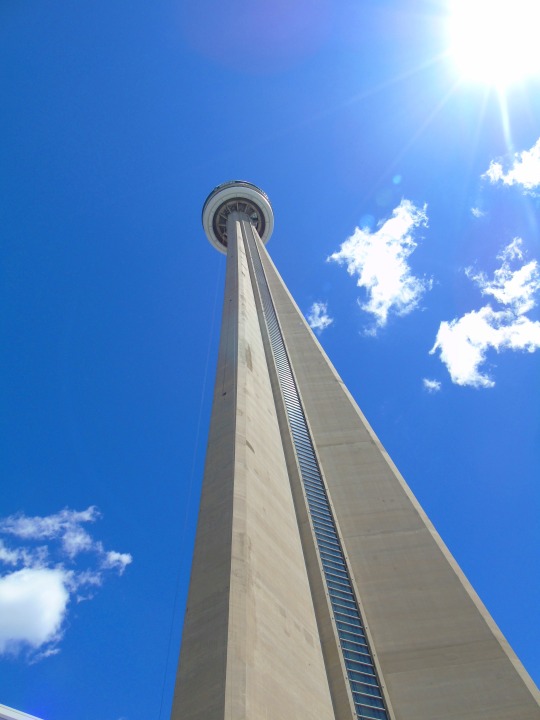

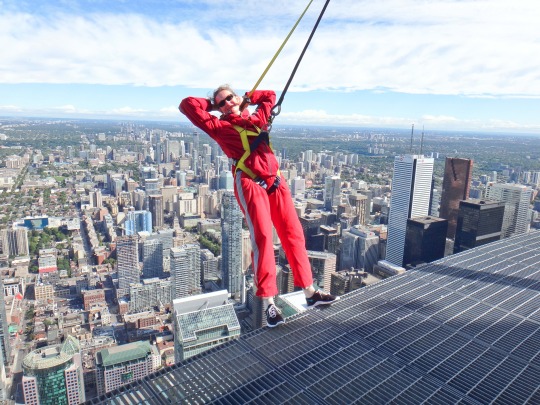

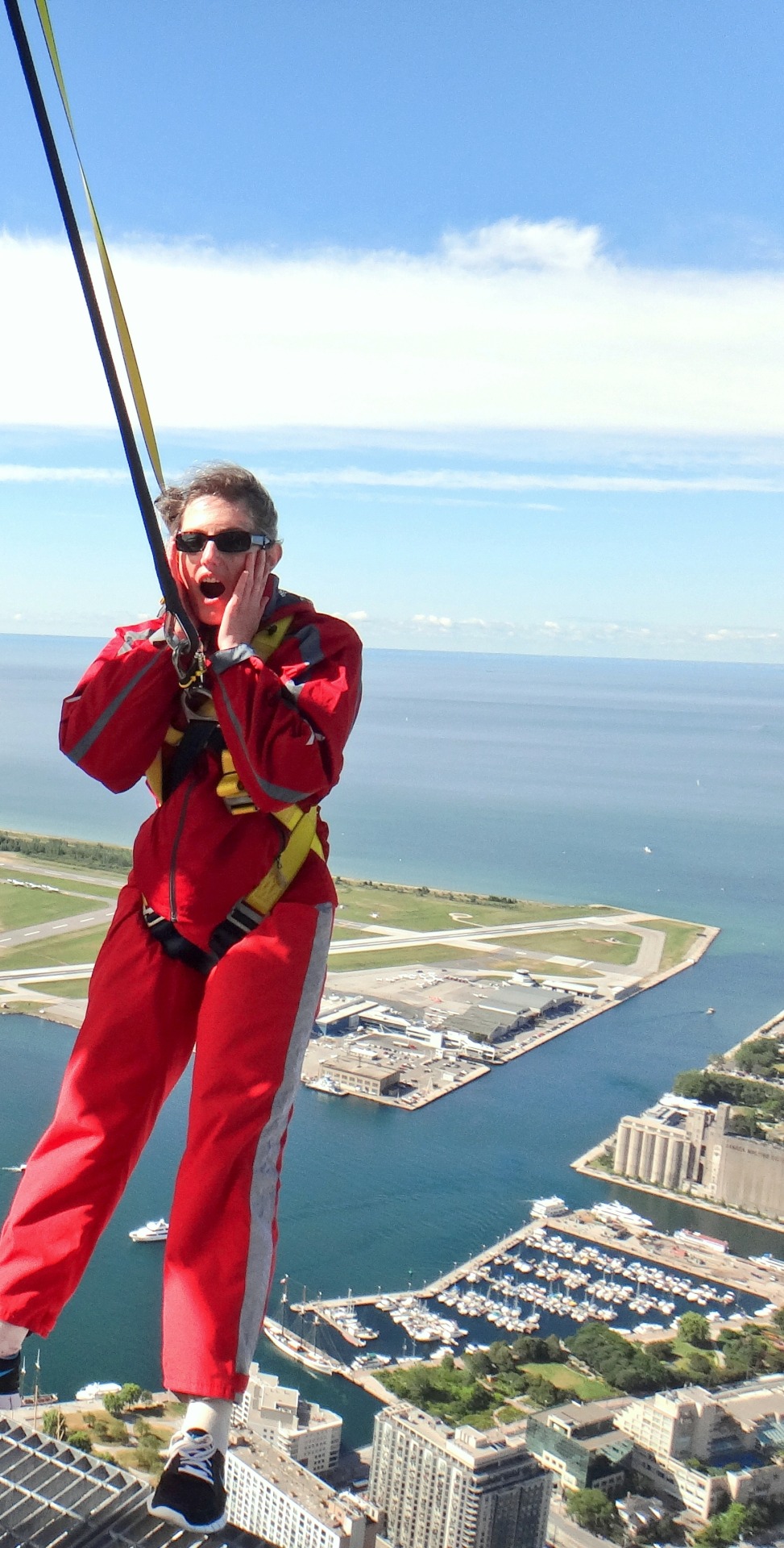

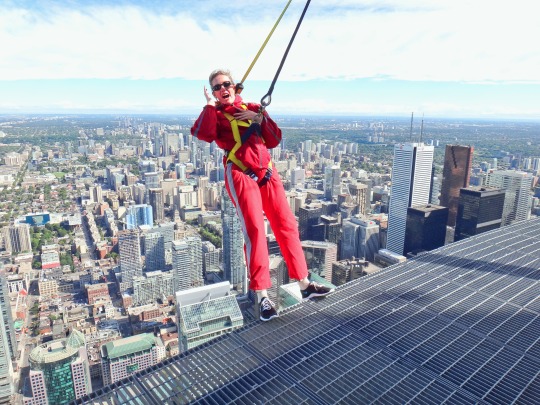
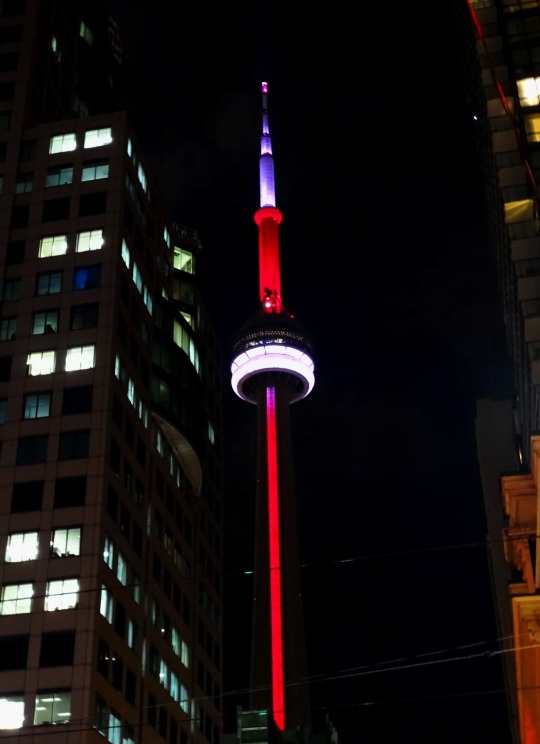
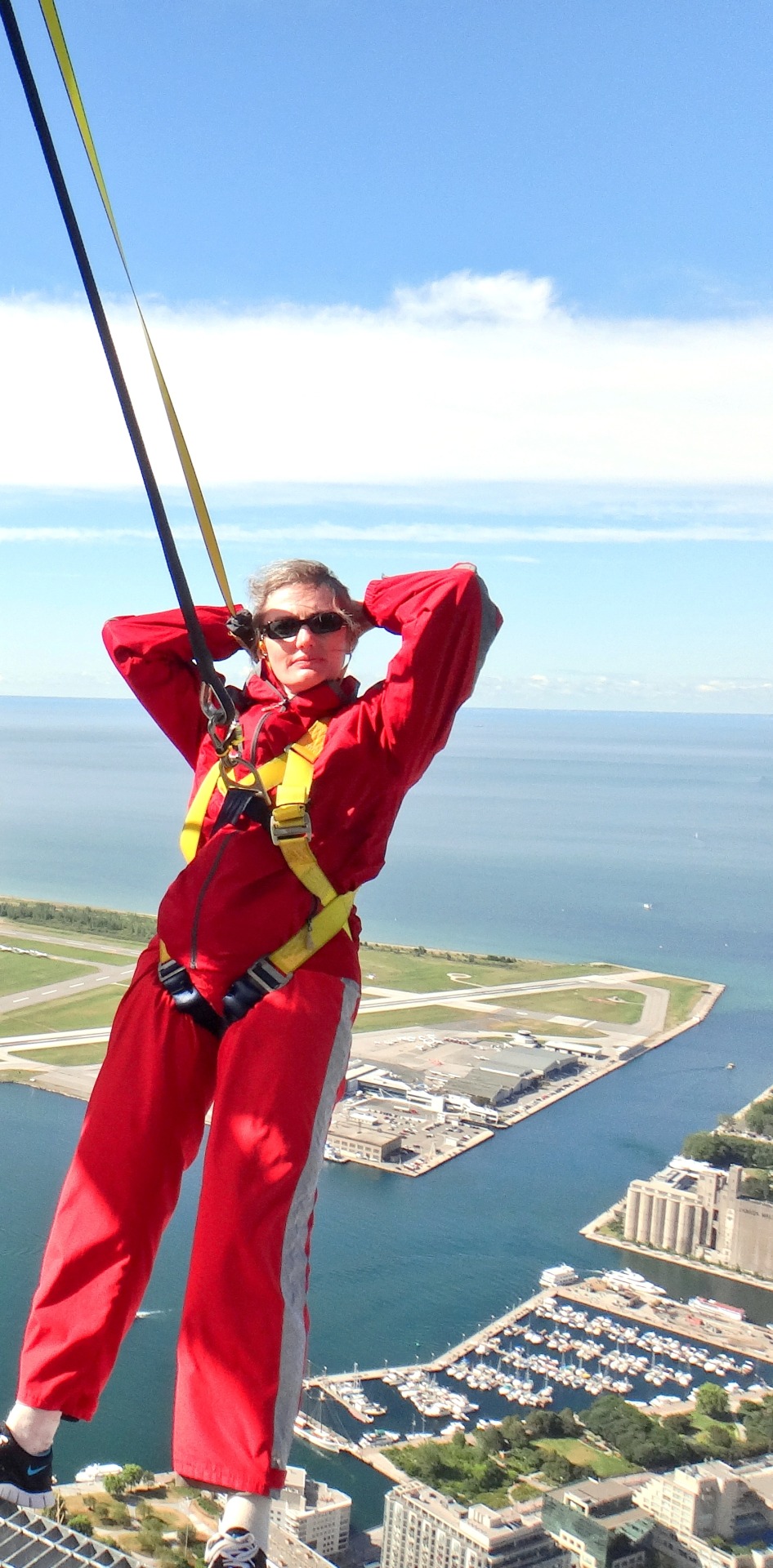
On August 1, 2011, the CN Tower opened the EdgeWalk.
#EdgeWalk#so much fun#original photography#summer 2015#Toronto#Lake Ontario#CN Tower#Canadian National Tower#WZMH Architects#Canada's National Tower#Menkes Housden#Webb Zerafa#John Andrews#290 Bremner Boulevard#architecture#engineering#2018#cityscape#view#tourist attraction#landmark#1 August 2011#opened#anniversary#Canadian history#travel#vacation#Ontario#Canada
1 note
·
View note
Photo










On August 1, 2011, the CN Tower opened the EdgeWalk.
#EdgeWalk#opened#so much fun#1 August 2011#10th anniversary#travel#summer 2015#Canadian history#architecture#cityscape#original photography#Toronto#Ontario#Lake Ontario#Canada#landmark#tourist attraction#WZMH Architects#Menkes Housden#Webb Zerafa#John Andrews#engineering#vacation#looking down#on the edge#Toronto Islands#nature
1 note
·
View note
Photo










The CN Tower opened to the public on June 26, 1976, although the official opening date was October 1, 1976.
#CN Tower#opened#26 June 1976#anniversary#Canadian history#travel#WZMH Architects#John Andrews#Menkes Housden#Webb Zerafa#view#EdgeWalk#so much fun#Toronto#Ontario#Canada#Lake Ontario#architecture#landmark#tourist attraction#urban photography#cityscape#summer 2015#2018#Fowl Play by Tom Burrows#night shot#illuminated#marina#Canadian National Tower#Canada's National Tower
2 notes
·
View notes
Photo










The CN Tower opened to the public on June 26, 1976, although the official opening date was October 1, 1976.
#CN Tower#opened#26 June 1976#anniversary#history#landmark#travel#Toronto#Ontario#Canada#John Andrews#Webb Zerafa#Menkes Housden#public art#summer 2015#2018#original photography#EdgeWalk#daylight#night shot#cityscape#tourist attraction#architecture#engineering#marina#Canadian National Tower#main pod
2 notes
·
View notes
Photo

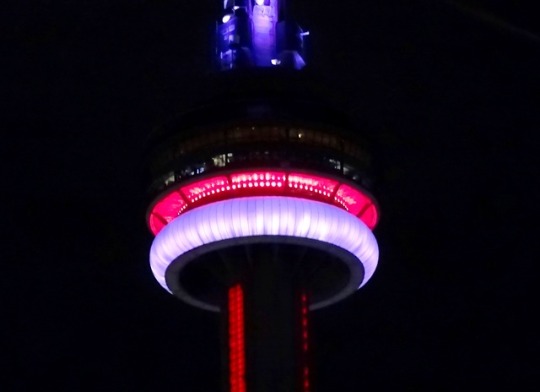

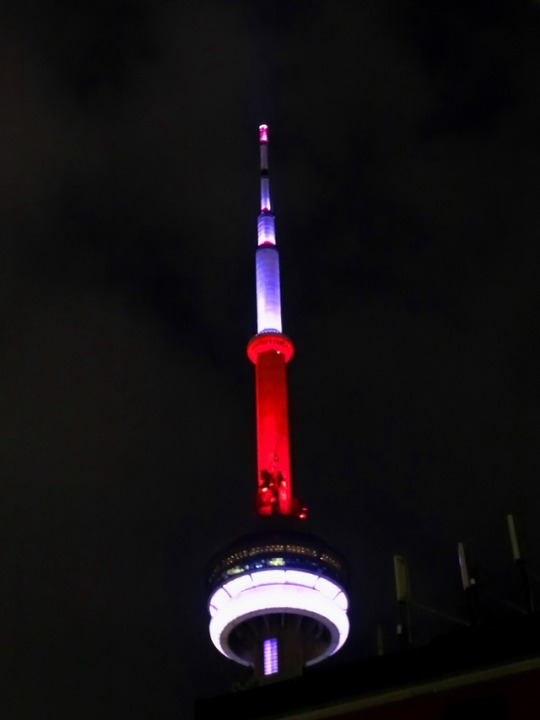
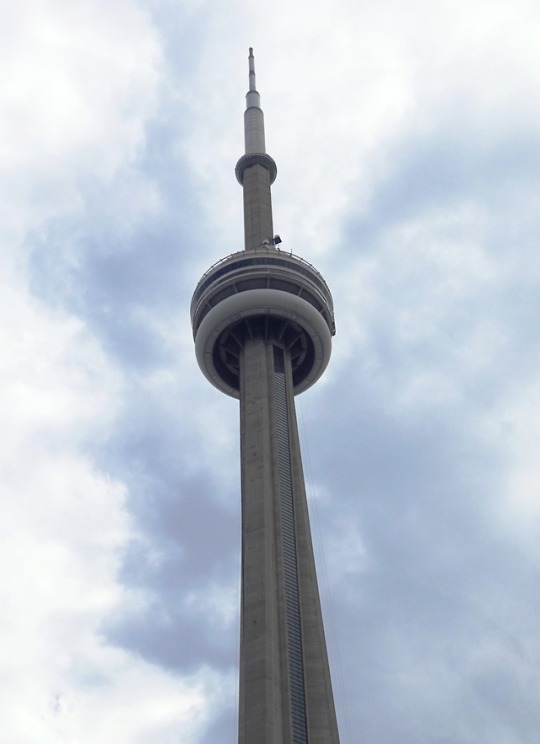
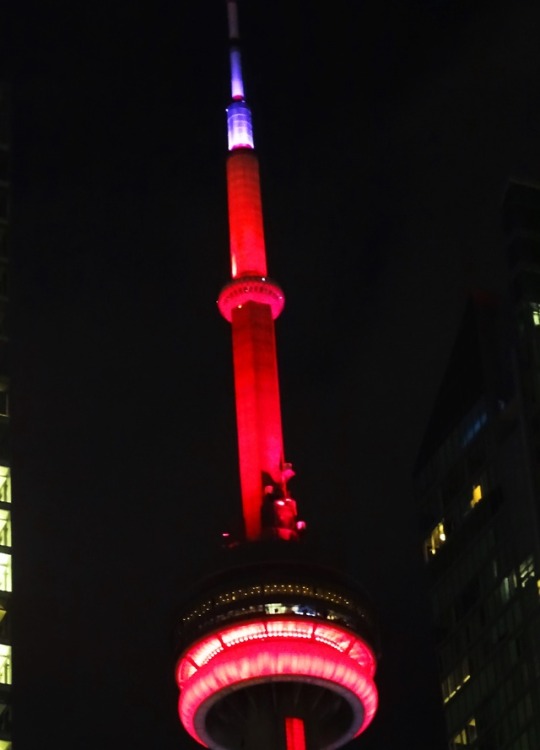
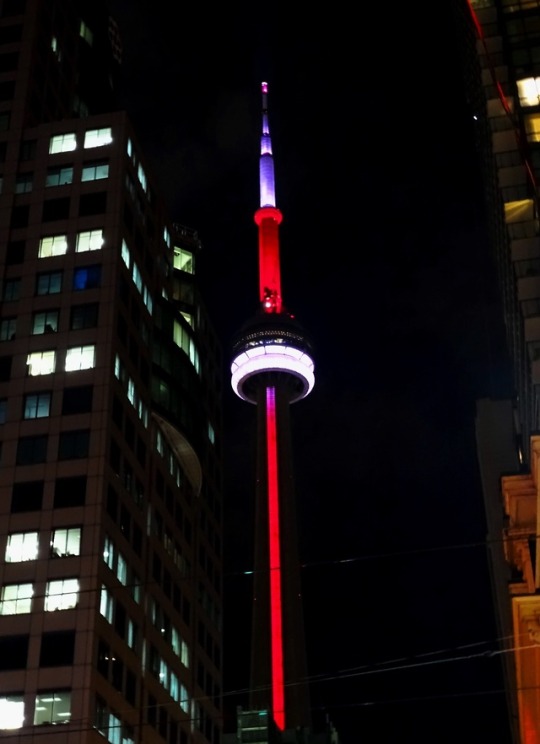


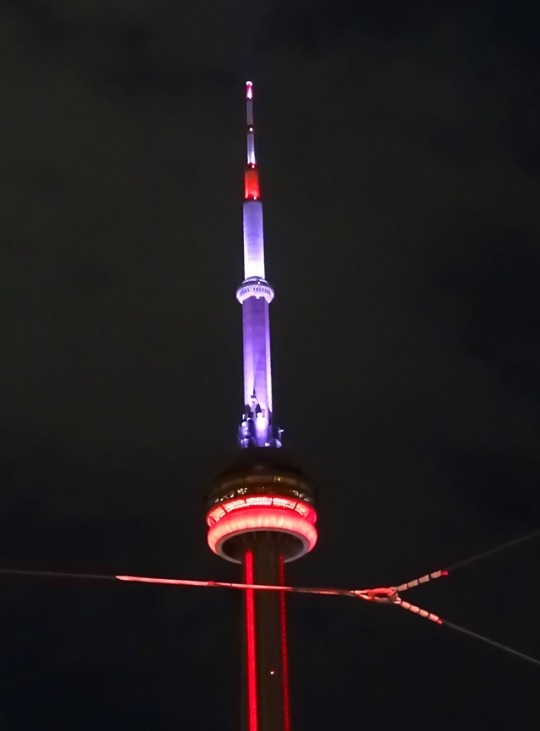
CN Tower, Toronto (No. 2)
The original concept of the CN Tower originated in 1968 when the Canadian National Railway wanted to build a large TV and radio communication platform to serve the Toronto area, as well as demonstrate the strength of Canadian industry and CN in particular. These plans evolved over the next few years, and the project became official in 1972.
The tower would have been part of Metro Centre (see CityPlace), a large development south of Front Street on the Railway Lands, a large railway switching yard that was being made redundant by newer yards outside the city. Key project team members were NCK Engineering as structural engineer; John Andrews Architects; Webb, Zerafa, Menkes, Housden Architects; Foundation Building Construction; and Canron (Eastern Structural Division).
As Toronto grew rapidly during the late 1960s and early 1970s, multiple skyscrapers were constructed in the downtown core, most notably First Canadian Place. The reflective nature of the new buildings compromised the quality of broadcast signals necessitating new, higher antennas that were at least 300 m (980 ft) tall.
At the time, most data communications took place over point-to-point microwave links, whose dish antennae covered the roofs of large buildings. As each new skyscraper was added to the downtown, former line-of-sight links were no longer possible. CN intended to rent "hub" space for microwave links, visible from almost any building in the Toronto area.
The CN Tower can be seen from at least as far away as Kennedy Street in Aurora, Ontario, approximately 40 km (25 mi) to the north.It is also viewable to the naked eye from 60 km (37 mi) east of Toronto in Oshawa, several points along the Niagara Escarpment west of Toronto in Hamilton, Ontario, and 48 km (30 mi) to the south from Fort Niagara State Park in the U.S. state of New York.
The original plan for the tower envisioned a tripod consisting of three independent cylindrical "pillars" linked at various heights by structural bridges. Had it been built, this design would have been considerably shorter, with the metal antenna located roughly where the concrete section between the main level and the SkyPod lies today. As the design effort continued, it evolved into the current design with a single continuous hexagonal core to the SkyPod, with three support legs blended into the hexagon below the main level, forming a large Y-shape structure at the ground level.
The idea for the main level in its current form evolved around this time, but the Space Deck (later renamed SkyPod) was not part of the plans until some time later. One engineer in particular felt that visitors would feel the higher observation deck would be worth paying extra for, and the costs in terms of construction were not prohibitive. It was also some time around this point that it was realized that the tower could become the world's tallest structure, and plans were changed to incorporate subtle modifications throughout the structure to this end.
Source: Wikipedia
#CN Tower#I did the EdgeWalk back in 2015#a lot of fun#night shot#Toronto#illuminated#original photography#cityscape#architecture#engineering#WZMH Architects#main pod#tourist attraction#summer 2018#Ontario#vacation#travel#Canada#Tour CN#RBC Centre#skyscraper#daylight#SkyPod
1 note
·
View note